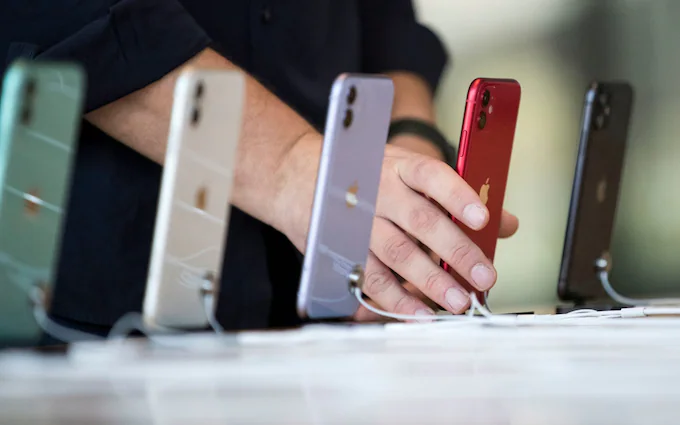
A new survey from the Ministry of Statistics
India stands on the brink of a digital revolution, but a recent report from the Ministry of Statistics and Programme Implementation (MoSPI) reveals a concerning digital disparity. According to the Comprehensive Annual Modular Survey 2022-23, 95% of Indian households have access to a mobile phone, yet only 9.9% own a computer. This significant gap highlights challenges in achieving digital equity, particularly for education and economic growth.
Mobile Connectivity: A Story of Success
The survey results indicate that mobile phone ownership in India is at an all-time high, with Chandigarh achieving 100% penetration. Delhi, Himachal Pradesh, Kerala, and Ladakh follow closely, boasting over 99% mobile phone ownership. The success of mobile connectivity can be attributed to the proliferation of budget smartphones, affordable data plans, and increasing internet accessibility, making communication and information access more readily available.
However, this high level of mobile ownership contrasts sharply with computer ownership, which remains alarmingly low. The mere 9.9% of households that own a computer—including desktops, laptops, and personal computers—signals a significant digital gap that could limit economic opportunities and access to education.
The Digital Divide: Urban vs. Rural Access
The survey’s findings reveal a pronounced urban-rural divide in computer ownership. In urban households, 21.6% own a computer, whereas rural households report a meager 4.2% ownership rate. This disparity highlights the socioeconomic differences that persist in India, with urban areas enjoying better infrastructure, higher incomes, and more extensive exposure to technology.
In rural regions, families often prioritize mobile phones for their versatility and lower costs, viewing them as sufficient for daily communication and internet access. This trend results in limited engagement with more advanced digital resources, thereby hindering opportunities for education and skill development.
State Highlights: Who Leads in Computer Ownership?
Examining the data at the state level, Delhi tops the list, with 27.8% of households owning a computer. Sikkim (26.4%), Mizoram (24.2%), Kerala (22%), and Nagaland (20.2%) also demonstrate significant computer ownership rates, reflecting their commitment to improving digital access and literacy.
However, several states, particularly those with a larger rural population, lag significantly behind in computer ownership. This highlights the need for targeted interventions to increase access to computers in these areas.
Path Forward: Strategies for Bridging the Technology Gap
To address the growing digital divide, India must implement comprehensive strategies aimed at increasing computer ownership and enhancing digital literacy, particularly in rural areas. The government has introduced several initiatives, such as the Digital India campaign, to improve infrastructure and skills nationwide. However, a more focused approach is necessary to achieve lasting change.
Investments in community technology centers, offering subsidies for computer purchases, and implementing training programs for digital literacy are crucial steps towards bridging the gap. By creating accessible digital resources and empowering individuals with essential skills, India can foster a more inclusive digital economy.
Building a Digitally Inclusive Future
The findings from the MoSPI survey serve as a critical reminder of the challenges that lie ahead in achieving digital inclusivity in India. While mobile phone ownership is thriving, the stark contrast in computer access, especially in rural areas, underscores the barriers to equitable technology access.
As India navigates its digital transformation, it is vital to implement strategies that ensure every citizen can benefit from technology. By addressing the urban-rural divide and enhancing computer ownership, India can work toward a more equitable and digitally empowered future.